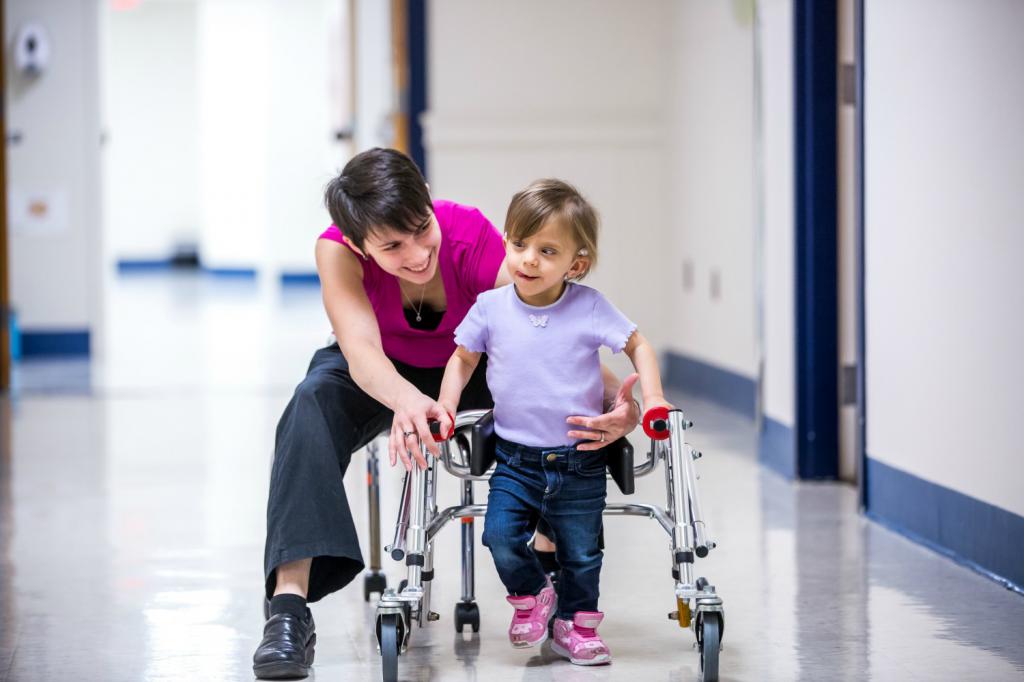Rehabilitation is the direction of modern medicine, which, based on the characteristics of the patient’s personality, actively restores the person’s functions impaired by the disease, as well as its social connections.
This is an activity aimed at restoring health, working ability and functional state that were impaired by illness, trauma or physical and social factors.
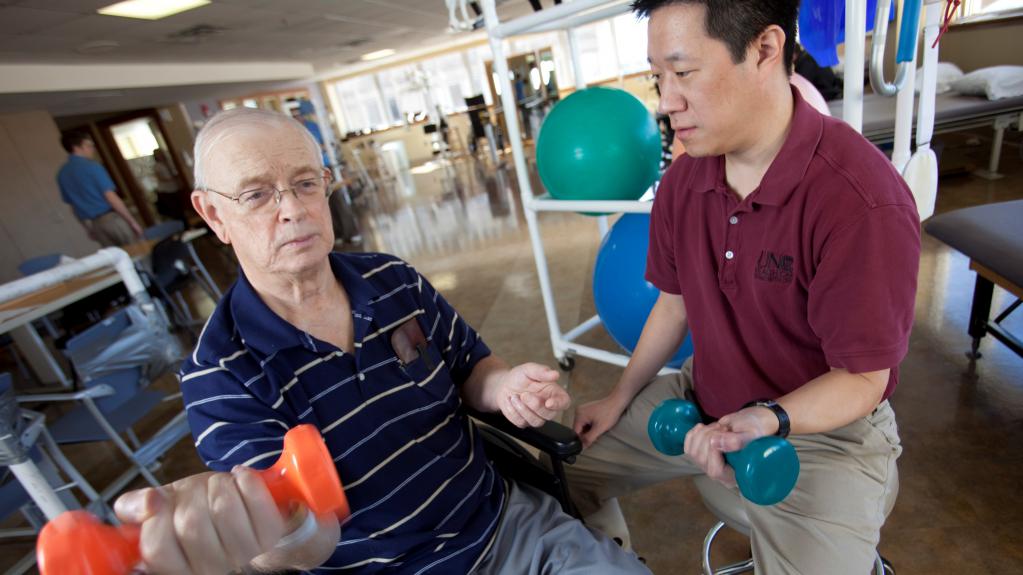
The purpose of rehabilitation is the effective return of patients and people with disabilities to domestic and labor processes, to society; restoration of personal properties of a person.
According to WHO, rehabilitation is a process aimed at comprehensive assistance to sick and disabled people in order to achieve the maximum possible physical, mental, social, professional and economic value in this disease.
The Department of Medical Rehabilitation is a modern specialized rooms serving inpatients and outpatients, as well as those who seek help on their own. Consider the structure and objectives of modern rehabilitation departments. And besides, we will find out in what directions the rehabilitation of patients who suffer from somatic pathologies is carried out.
Structure
So, medical rehabilitation departments are modern specialized centers serving various patients in inpatient and outpatient settings. Such departments within their structure include physiotherapy rooms along with physical therapy rooms, training blocks, rooms for mechanotherapy, hydrotherapy, massage, phyto-bars and the like.
The use of a wide range of various methods and means of rehabilitation therapy as part of rehabilitation provides the most sustainable recovery for patients with disability, improving the quality of life of patients.
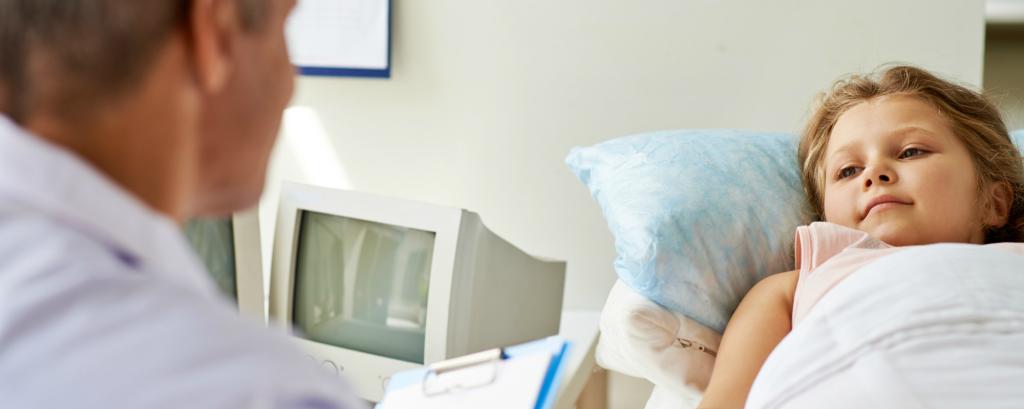
Tasks and equipment standard
The main task of the medical rehabilitation departments is the creation of a unified system for the rehabilitation of patients with various pathologies, including neuropsychiatric and musculoskeletal diseases.
In the offices of functional and ultrasound diagnostics, examinations are carried out using an electroencephalograph called the Neuron Spectrum, and, in addition, an electrocardiograph is used.
The equipment standard for the medical rehabilitation department must be strictly observed.
In such departments, the offices are also equipped with professional devices for ultrasound examination of the brain and abdominal part of the body, electromyography, densitometry, for holter monitoring and more.
How many patients can such a center serve?
Medium departments of medical rehabilitation, as a rule, are designed to serve one hundred patients in a hospital. Rehabilitation programs are designed for sixteen to nineteen days, depending on the existing nosological form of pathology. All rehabilitation work is built in relation to each patient strictly individually. In this case, various motor disorders, general health status and the like can be taken into account. As part of servicing children in such departments, medical and educational processes are carried out that are closely combined with corrective and developmental measures.
Therapy of disorders of the musculoskeletal system
In the departments of children's medical rehabilitation, as well as an adult, various programs are often developed and implemented to help patients with cerebral palsy, medical procedures for disorders of the motor apparatus. In most of these departments, rehabilitation methods for patients with disorders of psychological and speech development and other hereditary, somatic and neurological pathologies are being introduced. Each year, about one thousand patients receive treatment in each such department, of which 60% are disabled.
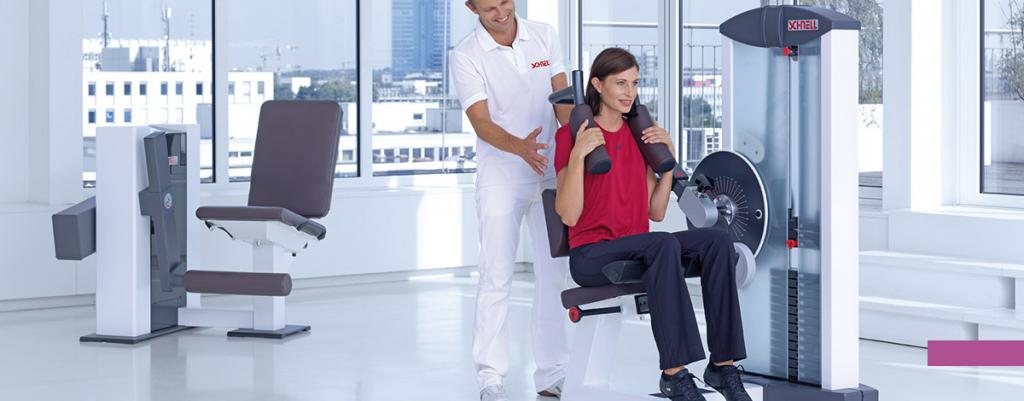
Programs
In rehabilitation centers, as a rule, the following programs are implemented:
- Conducting a comprehensive assessment of the patient's condition.
- Drawing up individual plans for various rehabilitation measures.
- Implementation of rehabilitation measures in accordance with one or another individual plan.
- Performing a rehabilitation assessment.
- Implementation of recommendations for the next step.
Application of the latest developments
As part of the development of rehabilitation programs, doctors select the optimal combination of traditional methods of rehabilitation therapy and the latest developments in this area, among other things, unique options for the correction of motor impairment in patients using the latest achievements of modern medicine are used.
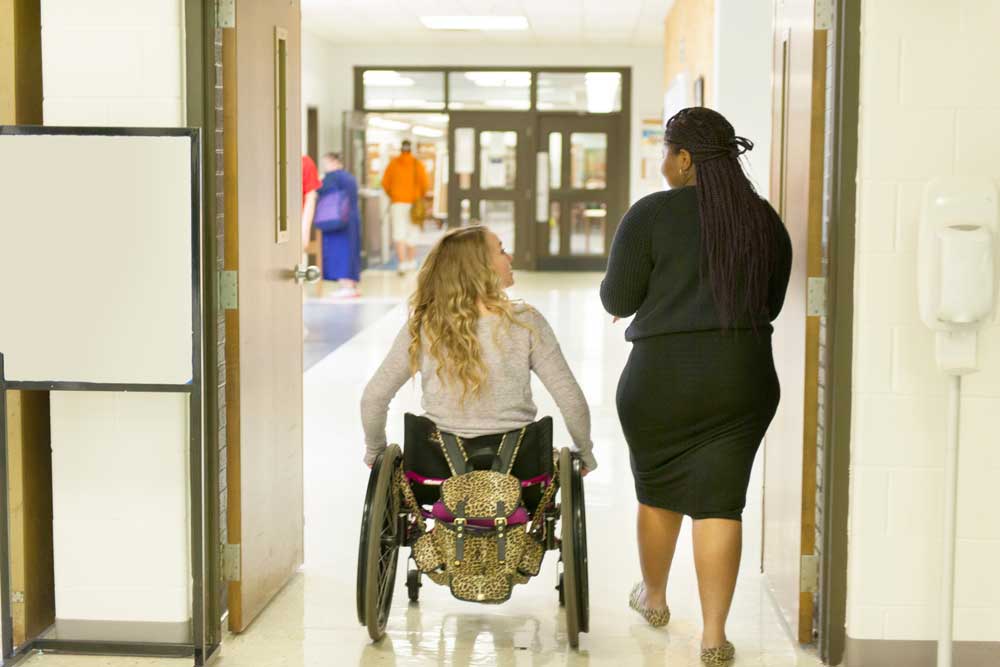
Therapeutic physical factor is widespread in the practice of specialists of any clinical profile. It forms the basis of physiotherapy and specialized care provided by medical specialists in the medical rehabilitation departments of the clinic. The prophylaxis and treatment of diseases and conditions that require the use of special techniques and complex medical technologies is carried out. Physiotherapeutic treatment makes it possible to lower the pharmacological load, that is, reduce the total number of drugs taken, activating the protective power of the body itself.
Department of medical rehabilitation of patients with somatic diseases
In the rehabilitation departments for the treatment of patients with somatic diseases, the following areas are distinguished for which assistance is provided:
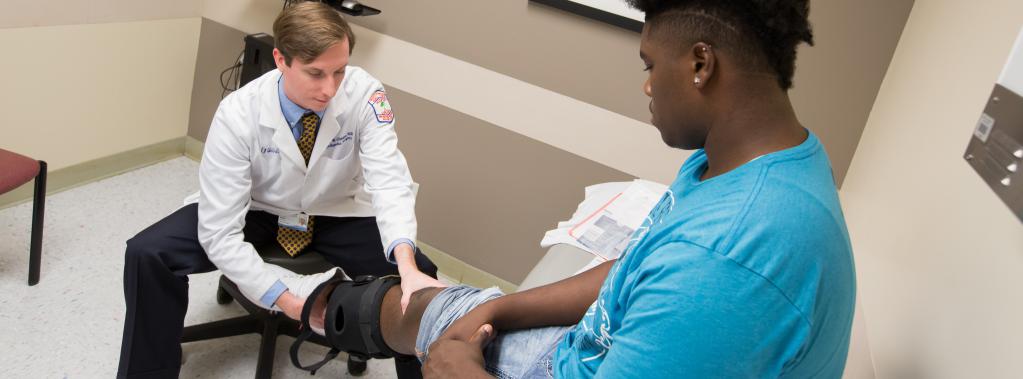
- Diseases of the cardiac and vascular system. In the course of rehabilitation, support is provided for patients with mitral valve insufficiency and with a combined mitral defect. Assistance is also provided for hypertension, cardiosclerosis, ischemia, angina pectoris, hypotension, vascular dystonia and against the background of peripheral vascular diseases: with obliterating atherosclerosis of the lower extremities and endarteritis. Rehabilitation is carried out in relation to varicose veins and residual manifestations after phlebitis.
- Diseases of the organs of motion when there are no signs of activity. With rheumatoid arthritis, arthrosis, during the recovery period after joint operations, osteochondrosis, ankylosing spondylitis, bone fractures with delayed consolidation, osteomyelitis and myositis. Rehabilitation is also carried out in relation to patients with bursitis, tendovaginitis, reactive arthritis, gout, and so on.
- Help is provided in rehabilitation centers against the background of diseases of the female genital area with adnexitis, infertility, fibromyoma, menopause and endometriosis, which does not require surgical treatment.
- Against the background of diseases of the endocrine glands and metabolic disorders, and, in addition, in the presence of diabetes, diffuse toxic goiter, obesity and gout.
- In rehabilitation departments for the treatment of patients with somatic diseases, support is provided for patients suffering from digestive problems. For example, patients with gastritis with increased secretion, with peptic ulcer in remission, with conditions after hepatitis, cholangiohepatitis and chronic colitis, as well as enterocolitis without stenotic and ulcerative lesions, are being helped.
- With skin diseases on the background of psoriasis, neurodermatitis, dermatitis, seborrheic eczema, lichen planus, ichthyosis and urticaria.
Many people wonder what the daily routine of the medical rehabilitation department is. About it further.
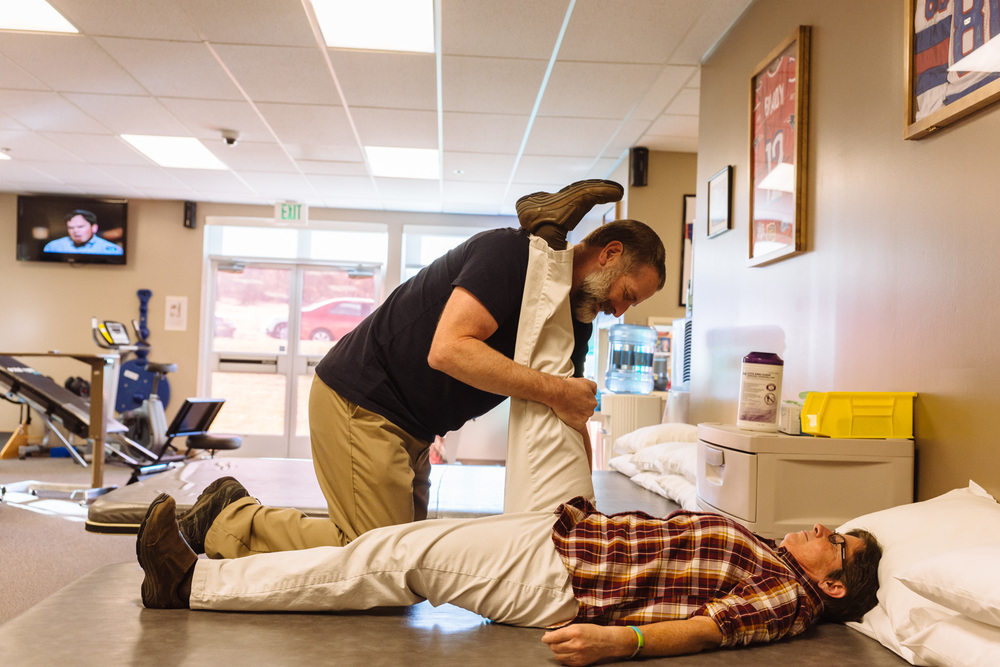
Schedule
The daily routine for patients is as follows:
- From 07.00 to 07.200, patients have a rise along with temperature measurement, hygienic gymnastics and ventilation of the wards.
- From 07.20 to 08.00, the toilet of patients with the cleaning of the department is carried out.
- From 08.00 to 08.40 breakfast takes place.
- From 09.00 to 10.00 there is a hospital-wide doctoral conference along with surgical advice.
- From 09.20 to 11.00 there is a bypass of the attending physician.
- From the morning until 4 p.m. there is a diagnostic work in the form of conducting research, dressings, all kinds of consultations, fulfilling appointments, receiving and discharging patients.
- From 12.00 to 13.00 walks and leisure are allowed.
- Lunch lasts from 13.10 to 14.00, a second cleaning is done along with airing the chambers.
- From 14.00 to 16.00, patients have a quiet hour.
- Then, until 17.00, the temperature is measured along with the implementation of various appointments and the change of duty.
- From 16.00 to 18.30 patients have free time in the form of walks and visits by relatives.
- From 18.00 to 18.20 dinner.
- From 18.30 to 19.20 - a walk.
- On duty from 19.20 to 20.00. Next is a detour of the doctor on duty.
- From 20.00 to 21.00 - the main cleaning along with airing the chambers.
- From 21.10 to 07.00 there is a sleep along with night observation and patient care.
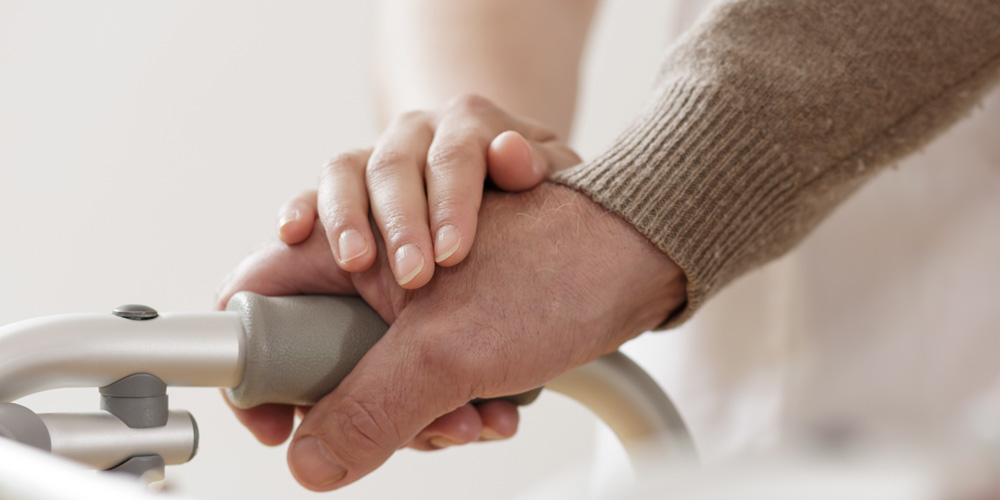
Medical rehabilitation of disabled people
The main goal of medical rehabilitation of this category of the population is to improve the overall quality of life of people with disabilities. Thus, restoration is carried out along with compensation for the functions lost by people, overcoming the pain syndrome and psychological assistance is provided.
It is worth noting that medical rehabilitation is a rather complex concept, which includes various areas of work.
